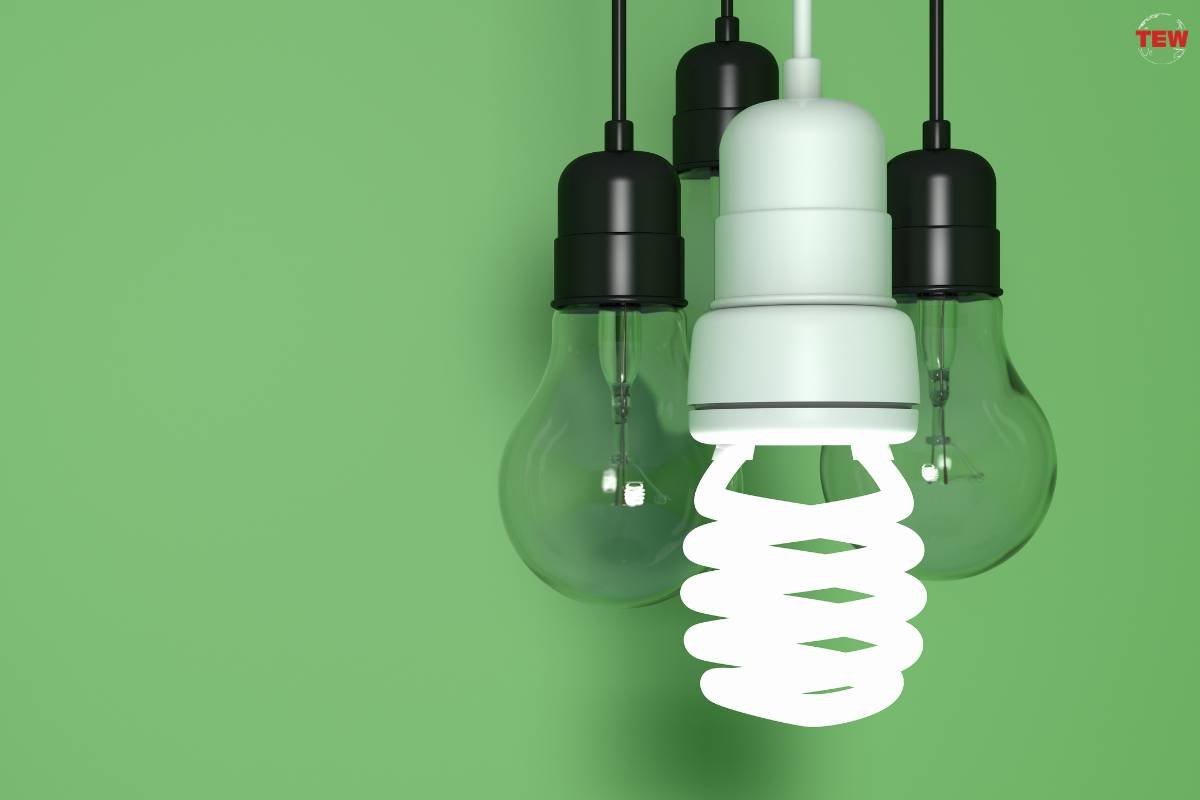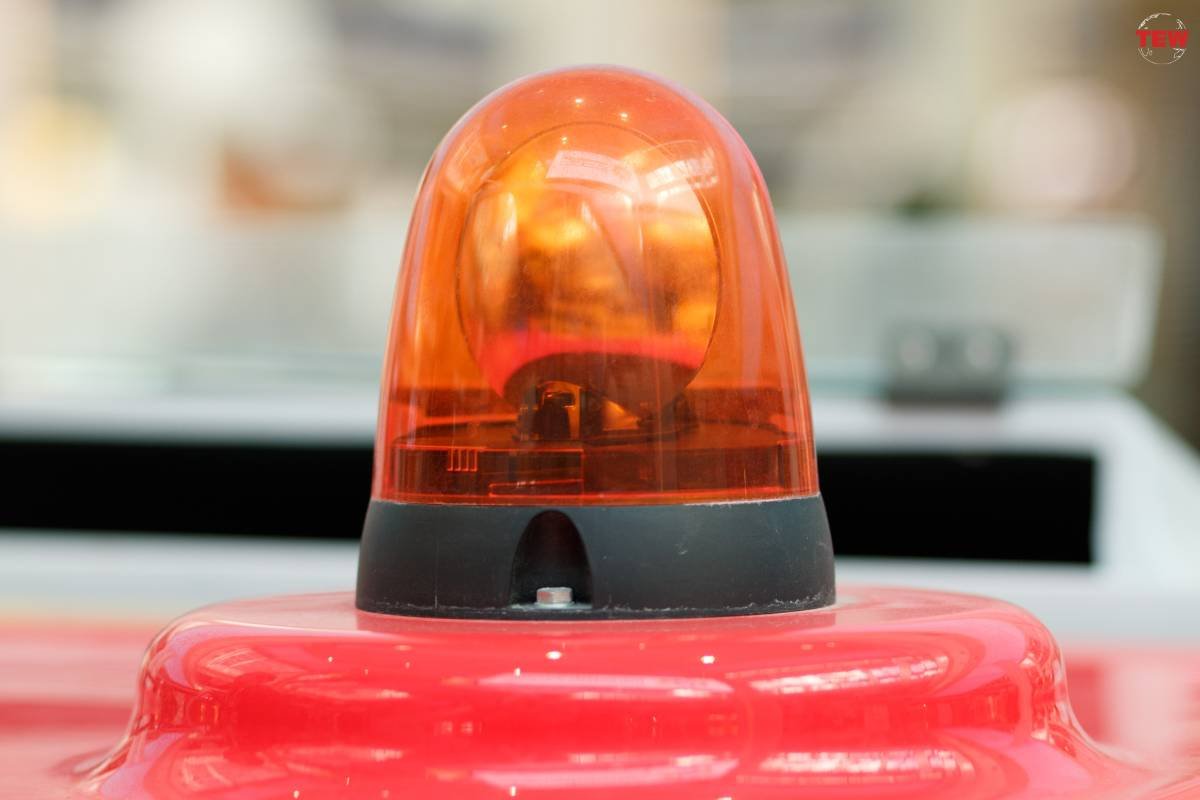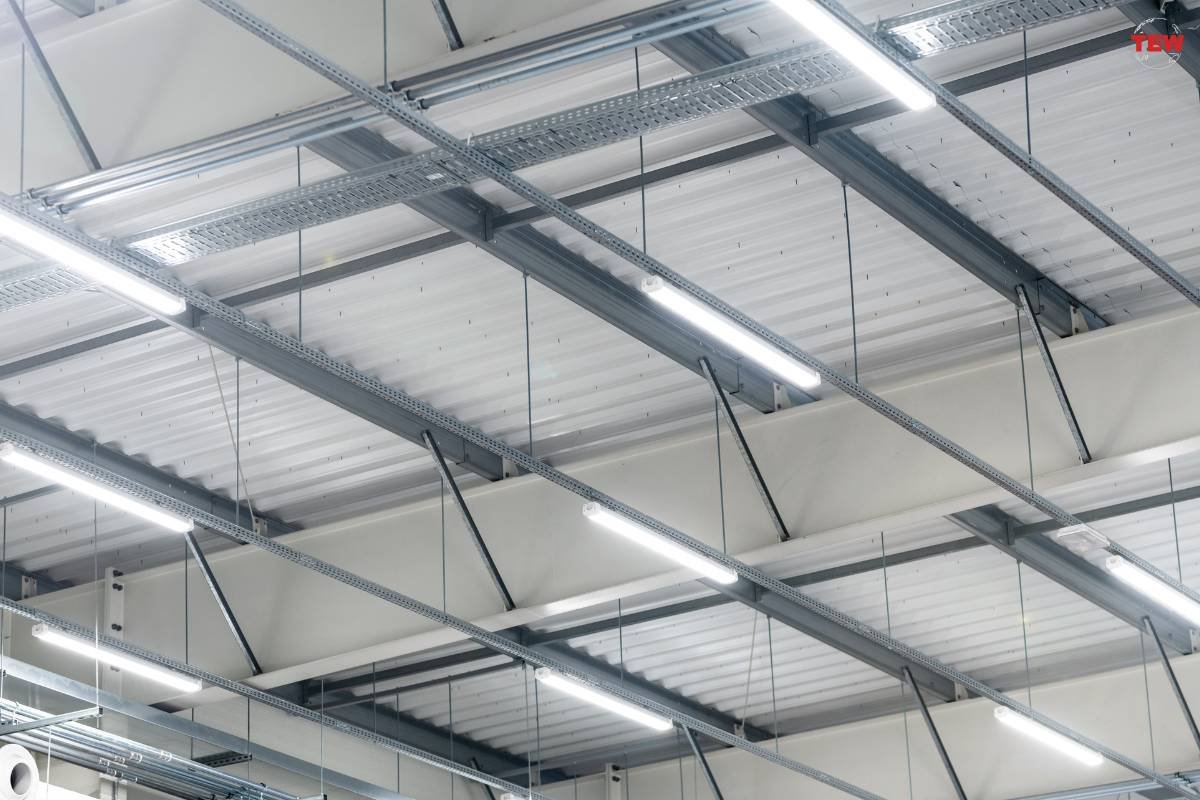In today’s fast-paced world, safety and visibility are paramount, especially in environments where vehicles and personnel need clear signals for effective communication and hazard awareness. LED beacon lights play a crucial role in fulfilling these needs, offering reliability, efficiency, and advanced features that traditional lighting solutions often cannot match. This article explores the functionality, benefits, applications, and considerations of LED beacon lights, highlighting their significance across various industries and settings.
What are LED Beacon Lights?
LED beacon lights are specialized lighting devices designed to emit powerful, highly visible signals. They are typically used in vehicles, construction sites, emergency response vehicles, and industrial settings to alert others to their presence or to signal specific messages. Unlike traditional incandescent or halogen lights, LED beacon lights utilize Light Emitting Diodes (LEDs), which offer several advantages such as lower energy consumption, longer lifespan, and enhanced durability.
Advantages of LED Beacon Lights

1. Energy Efficiency
LED beacon lights consume significantly less energy compared to traditional lighting solutions, making them cost-effective and environmentally friendly.
2. Longevity
LEDs have a much longer lifespan than traditional bulbs, reducing maintenance costs and downtime for replacements.
3. Durability
LED lights are built to withstand harsh conditions including vibrations, extreme temperatures, and weather exposure, ensuring reliable performance in challenging environments.
4. Instant On
Unlike some traditional lights that require warm-up time, LED beacon lights provide instant illumination, crucial for emergency situations where every second counts.
5. Visibility
LEDs produce intense, focused light that can be seen over long distances and in various weather conditions, improving safety for both operators and bystanders.
Applications of LED Beacon Lights
1. Emergency Vehicles
In emergency situations, such as police cars, fire trucks, and ambulances, LED beacon lights are used to alert motorists and pedestrians of their presence. The bright, flashing lights help clear traffic and provide a visual warning to ensure safe passage through busy streets and intersections. Choosing the right beacon light can significantly improve response times and safety for emergency personnel.
2. Construction and Road Work
On construction sites and road work zones, LED beacon lights enhance worker safety by marking hazardous areas and equipment. They are mounted on vehicles, barricades, and machinery to increase visibility, reducing the risk of accidents and improving overall site management.
3. Industrial Equipment
Industrial machinery and equipment often operate in noisy and crowded environments where visibility is crucial. LED beacon lights are used on forklifts, cranes, and other heavy equipment to signal movement, status, or potential hazards, promoting safer operations and preventing collisions.
4. Marine and Aviation

In marine and aviation industries, LED beacon light serve as navigation aids and warning signals. They are installed on boats, buoys, and aircraft to indicate position, alert nearby vessels or aircraft, and enhance visibility during low-light conditions or adverse weather.
5. Public Safety and Security
LED beacon light are integral to public safety and security applications, such as traffic control, perimeter marking, and emergency exits in buildings. They provide clear visual cues that guide individuals to safety and aid responders in locating critical points during emergencies.
Factors to Consider When Choosing LED Beacon Light

When selecting LED beacon light for specific applications, several factors should be considered:
- Brightness and Visibility
Ensure the light’s intensity and color are suitable for the intended use and environment.
- Mounting Options
Consider whether the light needs to be permanently mounted, magnetically attached, or portable.
- Weather Resistance
Choose lights that are waterproof and can withstand exposure to dust, rain, and extreme temperatures.
- Power Source
Determine whether the light operates on battery power, vehicle power, or requires a separate power supply.
- Regulatory Compliance
Verify that the LED beacon light meet relevant industry standards and regulations for safety and performance.
Conclusion
LED beacon lights represent a significant advancement in lighting technology, offering superior performance, durability, and efficiency over traditional lighting solutions. Their versatility and effectiveness make them indispensable across a wide range of industries and applications, from emergency response vehicles to construction sites and beyond. As technology continues to evolve, LED beacon lights are expected to further enhance safety, visibility, and operational efficiency in diverse environments worldwide. Whether for ensuring public safety, improving workplace conditions, or enhancing vehicle visibility, LED beacon lights continue to set new standards in modern lighting solutions.




